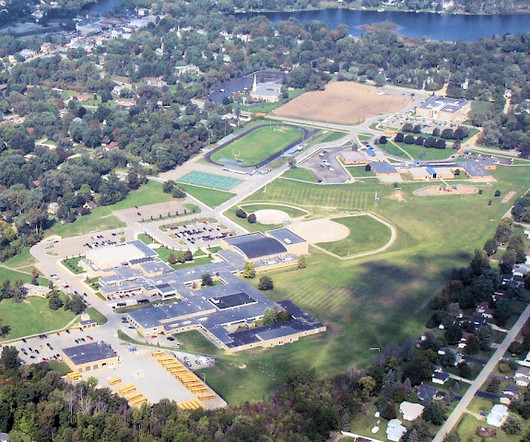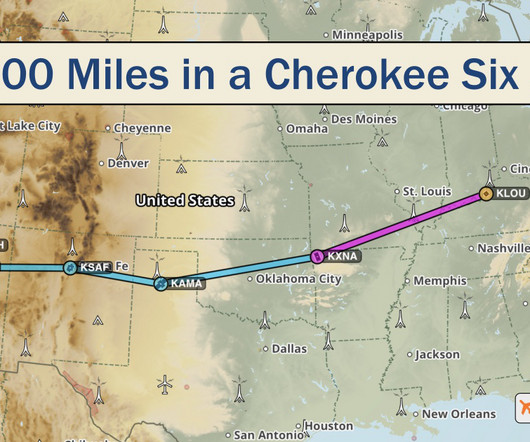Always Have an Out: The SLD Incident
Photographic Logbook
MAY 25, 2025
I was one of four transient airplanes on final for the larger runway 27L and Detroit Approach provided a pair of vectors to delay my arrival until those ahead landed. I filed the return flight plan from Mike's car along the way, remembering to file my preferred airway route plus a request to avoid flight over Lake Erie.












Let's personalize your content